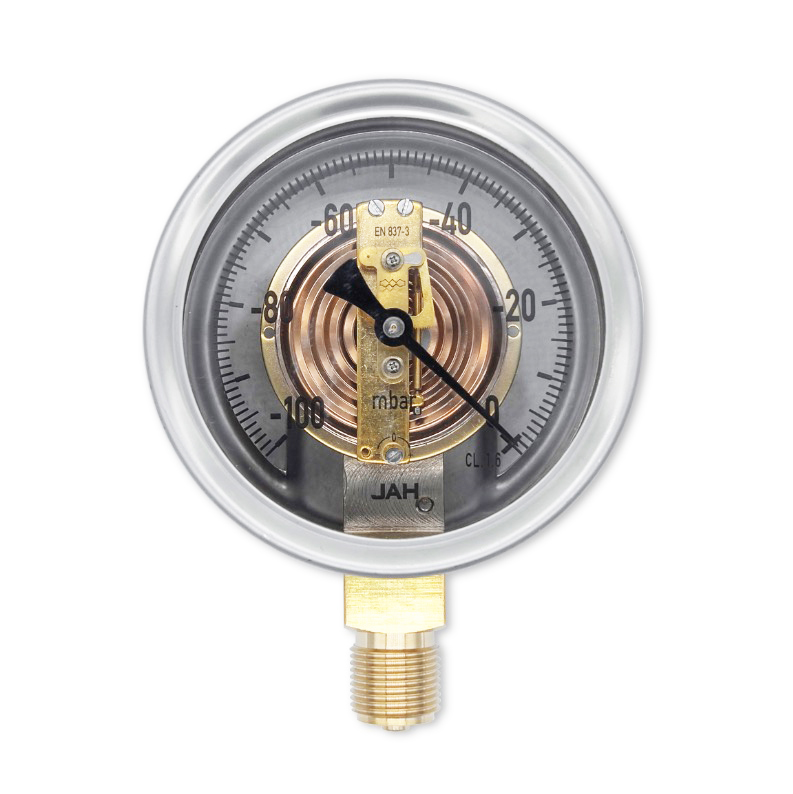
lis . 21, 2024 00:32 Back to list
fire pump suction pressure gauge
Understanding Fire Pump Suction Pressure Gauge Its Importance and Functionality
In firefighting operations, the effectiveness of water delivery systems is crucial for saving lives and property. Among various components that ensure the smooth functioning of a fire protection system, the fire pump suction pressure gauge plays a vital role. This article provides an in-depth look at the purpose, operation, and significance of this essential instrument in fire pump systems.
What is a Fire Pump Suction Pressure Gauge?
A fire pump suction pressure gauge is an instrument that measures the pressure within the suction line of a fire pump. It is positioned near the pump’s inlet, providing critical insights into the system’s operational parameters. The gauge indicates vacuum or negative pressure, which is essential for understanding how efficiently the pump is drawing water from its source, typically a tank, hydrant, or other water sources.
Importance of the Suction Pressure Gauge
1. Operational Efficiency The primary function of the suction pressure gauge is to monitor the pressure levels in the suction line. A consistent and adequate pressure reading is crucial for the pump to operate efficiently. If the pressure drops significantly, it may indicate that the water source is running low, or there might be blockages within the suction line. This information allows firefighters to take corrective actions promptly, ensuring a continuous water supply during firefighting operations.
2. Preventing Cavitation Cavitation occurs when the pressure in the pump falls below the vapor pressure of the liquid, leading to the formation of vapor bubbles. These bubbles can collapse violently, causing damage to the pump components and reducing its overall efficiency. The suction pressure gauge provides real-time feedback that helps operators avoid cavitation by ensuring that the pressure stays within acceptable limits.
3. Maintenance and Diagnostics Regular monitoring of the suction pressure gauge allows for early detection of potential problems within the pumping system. Sudden fluctuations in pressure readings can signal issues such as leaks, obstructions, or pump wear. By identifying these issues early, firefighters can implement maintenance protocols to rectify the situation before it escalates into a more significant problem.
Installation and Calibration
fire pump suction pressure gauge

The correct installation and calibration of the suction pressure gauge are paramount for ensuring accurate readings. Generally, the gauge should be installed in a location that allows easy visibility for operators while being protected from environmental factors that could hinder its functionality.
Calibration must be regularly performed to guarantee the gauge operates within specified pressure ranges. This process involves comparing the gauge's reading to a known standard and making adjustments as necessary. Accurate calibration is essential for maintaining the reliability of the readings; inaccurate data could lead to improper responses during firefighting operations.
Best Practices for Using a Fire Pump Suction Pressure Gauge
1. Regular Inspection Conduct routine inspections of the suction pressure gauge to check for any signs of damage or wear. Ensure that the gauge is clean and free from debris, which could affect its readings.
2. Record Keeping Maintaining logs of pressure readings can help track performance over time. This data can be invaluable for identifying trends, preparing for maintenance, and ensuring that the system is operating optimally.
3. Training Personnel Firefighters and personnel who operate the fire pumps should be adequately trained to understand the significance of the suction pressure gauge. Familiarity with the gauge's readings will empower them to make informed decisions during emergency scenarios.
Conclusion
The fire pump suction pressure gauge is a small but crucial component in the overall firefighting system. It plays an integral role in ensuring that water delivery systems function efficiently and reliably during emergencies. By monitoring suction pressure, preventing cavitation, and facilitating timely maintenance, the gauge helps safeguard lives and property during critical firefighting operations. Understanding and properly utilizing this instrument can significantly enhance a fire department’s operational effectiveness, making it a cornerstone of fire protection engineering.
-
Bourdon-Type Differential Pressure Gauges High Accuracy & Affordable Pricing
NewsMay.22,2025
-
Vacuum Differential Pressure Gauges High-Precision Solutions & Quotes
NewsMay.22,2025
-
Durable Diaphragm Pressure Elements High Accuracy & Custom Quotes
NewsMay.22,2025
-
AG Precision Pressure Gauges High Accuracy & Global Exporters
NewsMay.21,2025
-
Ashcroft Diaphragm Pressure Gauges Precision & Durability
NewsMay.21,2025
-
Micro Differential Pressure Gauges High-Precision & Compact Solutions
NewsMay.20,2025
